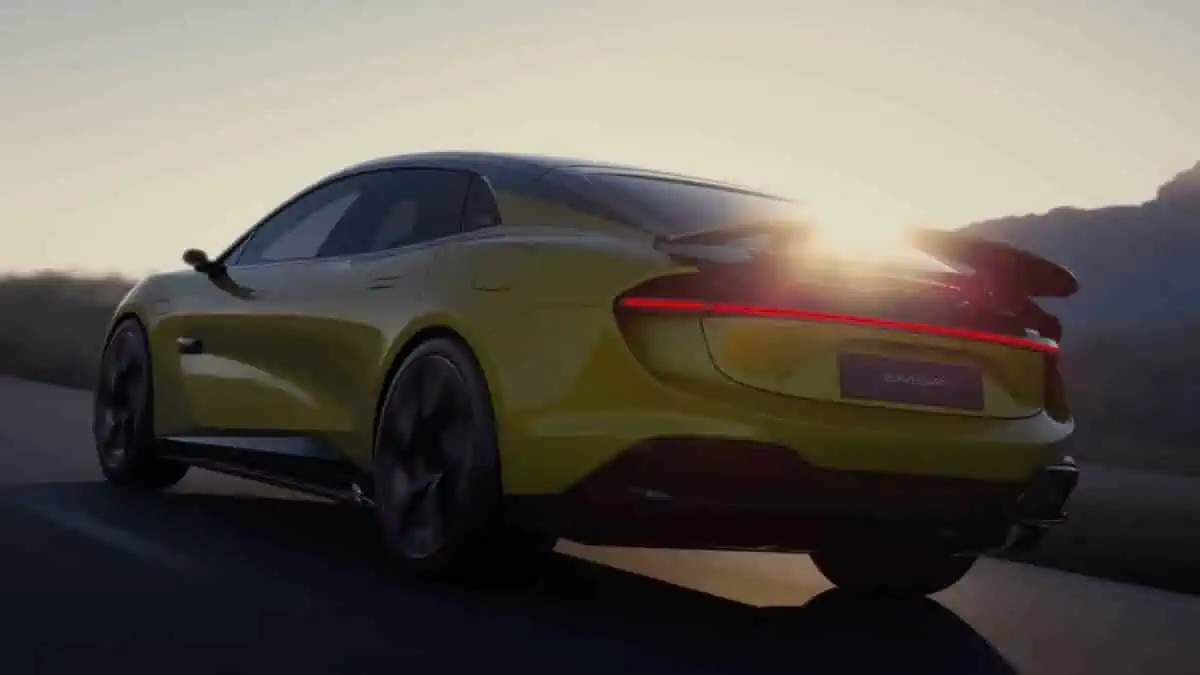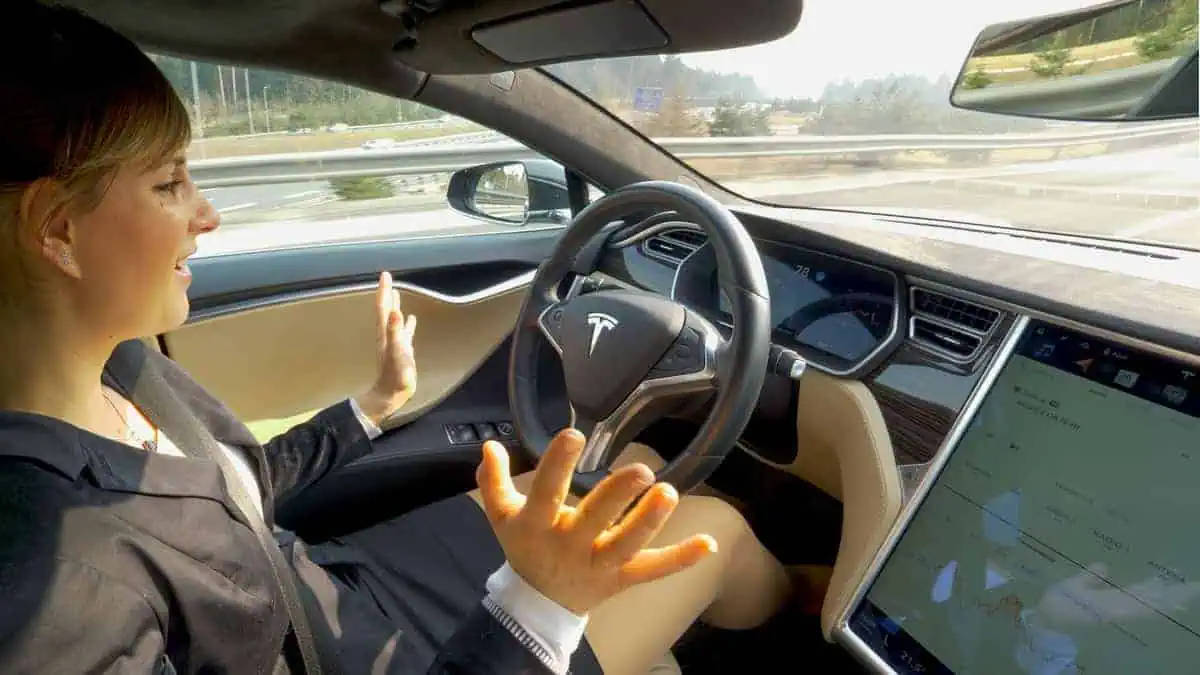British sports car maker Lotus has just introduced its next-gen charging solutions as it seeks to compete in the rapidly growing electric vehicle industry. These innovations include a 450 kW DC charger, a power cabinet, and a modular unit that can simultaneously charge a maximum of four EVs.
Lotus has already launched these powerful charging solutions in the Chinese market, InsideEVs reported. In Q2 2024, the company aims to expand its charging tech to several European and Middle Eastern nations.
Liquid-Cooled All-in-One DC Charger
Lotus introduced the new Liquid-Cooled All-in-One DC Charger that supports a maximum charging speed of 450 kW. Lotus claims it will be “particularly effective” on models with 800-volt charging hardware.
For instance, this ultra-fast charger can boost the Lotus Eletre R’s driving range by another 88.5 miles (142 km) in just five minutes.
Meanwhile, charging an EV from 10% to 80% will apparently take 20 minutes. Lotus expects this DC charger to alleviate drivers’ range anxiety and boost charging infrastructure confidence.
Interestingly, Lotus told the UK’s Autocar that it designed the Liquid-Cooled All-in-One DC Charger primarily for “charge point operators, fleet providers and dealerships.”
Liquid-Cooled Power Cabinet
Lotus also developed the Liquid-Cooled Power Cabinet, which it claims provides “market-leading power output capabilities of up to 480 kW.”
For context, it is a modular power cabinet specifically invented for spaces like highway rest stops that need a high level of power to boost efficiency and charging time.
Apart from this, the company also launched the Liquid-Cooled Charging Unit that can charge four EVs at once with the aid of the Liquid-Cooled Power Cabinet. It apparently generates a current output of up to 600 Amp to support all EVs regardless of brand.
Lotus explained that it employed liquid-cooled technologies in developing its charging solutions to ensure faster and easier charging sessions. Notably, all these efforts are crucial for the company to hit its goal of becoming an all-electric brand by 2028 as it seeks to capitalize on the rapidly growing market.






